***This article originally appeared in the December ’22 issue of Animation Magazine (No. 325)***
In Jonathan Laskar’s poetic short The Record, an antiques dealer comes across a magical vinyl record that can read his mind and play the music in his memories. The Geneva-based filmmaker started developing the idea for the film about six years ago after reading a story by Jorge Luis Borges. “I am really fascinated by his vision of the complexity of the universe and the vertigo caused by some of his writings,” he tells us. “When I read The Book of Sand, I asked myself how it would be possible to translate this idea of infinity in a film, and I thought that a record, with its music, would be more cinematic than a book.”
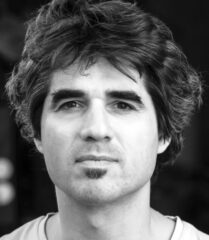
He adds, “The theme of the forgotten memories is more personal and has something to do with my personal experience and my family. When I was 20, I moved to Weimar in Germany and I lived there for nine years in a room with a window overlooking the Buchenwald camp. I played a lot of music at that time and I started to play klezmer music. I even started to learn Yiddish to be able to sing, even though my family is Sephardic. It was my way of handling the situation.”
Initially, Laskar didn’t plan to compose the music for the short himself, but the COVID lockdown opened new doors to him. “I used existing music on the animatic, but it was very difficult to get the rights,” he recalls. “I took my guitar and my clarinet and tried to play on the animatic instead of the placeholder music. It was interesting, because despite a loss of technical quality (I am not a professional musician), the music seemed much more personal to my pictures. So, I continued the composing work in parallel with the drawing until the final mix.”
Laskar says he created the whole film using Photoshop. “This film is animated frame by frame and the rudimentary timeline of Photoshop was enough. Only one scene (the forest scene) has been rendered in a 3D environment, using After Effects,” he reveals.
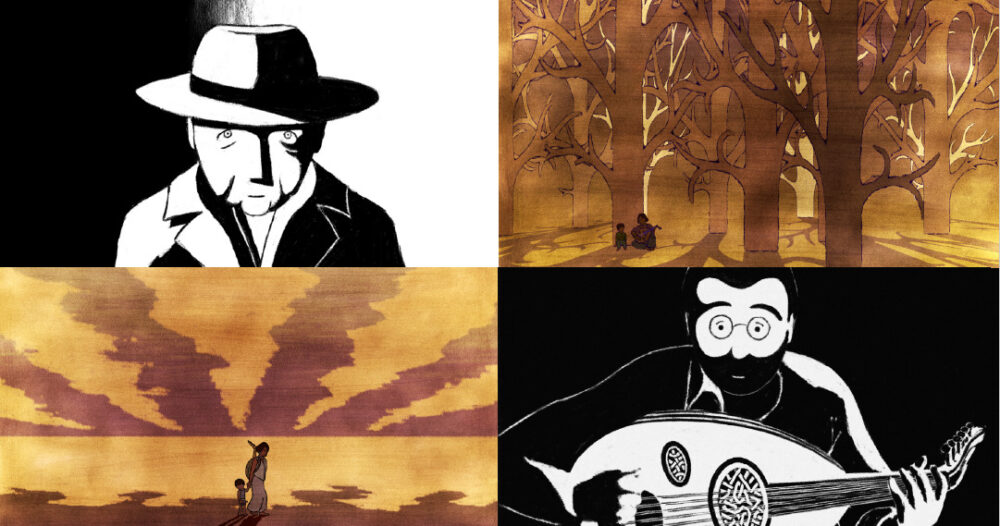
Beautiful Black & White
The director’s use of black-and-white imagery in contrast with the color sequences is quite masterful. “The narration is based on two different dimensions: the present, closed in the shop, and the memories,” he notes. “I decided quite early to draw the film in black and white. But some memories appear in color. I played with reversing a common way of representing the past with black-and-white images. In The Record, the past is represented in colors because a traumatic event made the protagonist lose his vision of colors. It is only after having found the vinyl that this buried memory finds a colored vision of the present world again.”
He further explains, “The film is black and white without grayscales. So, there is nothing left but light and shadow, without any nuance. I tried to use this contrasting pattern in a graphical and symbolic way. All the shadows are drawn in 2D, but they still give a volume to the pictures. And this volume is only perceived when the light moves.”
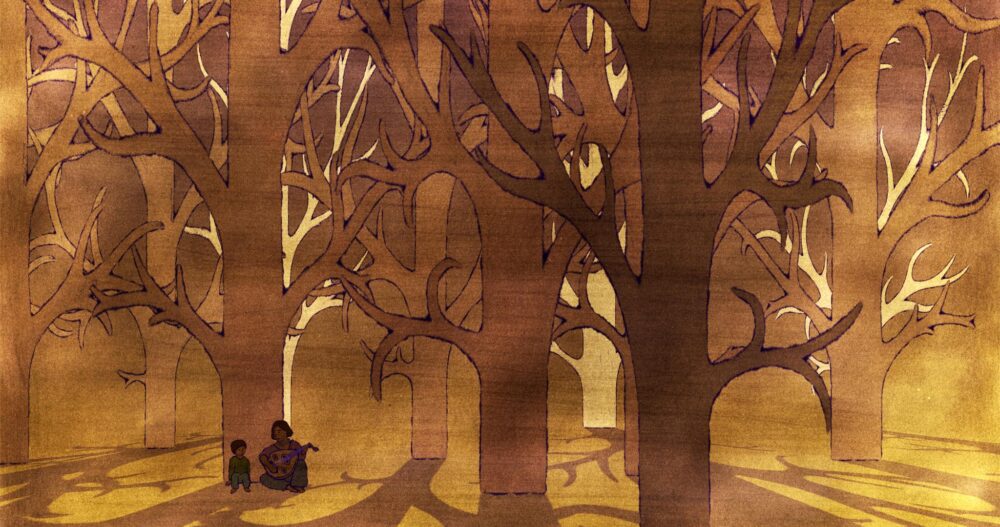
Laskar recalls the animated short that inspired him at an early age quite fondly. “When I was 10, we were shown The Man Who Planted Trees at school,” he says. “That’s when my desire to make animated films appeared. Much later, when I was an architecture student, I visited the Tate Modern in London, where they had a retrospective of Jan Švankmajer’s work. There, I felt the urge to make animation. But it was only in 2009 after seeing Waltz with Bashir that I decided to stop being an architect and devote myself entirely to animation, which led me to receive an MA in animation at the [Lucerne School of Art & Design].”
The director, who has also worked on shorts such as Lucky Man and Ariane’s Thread, says he loves to draw frame-by-frame animation. “2D animation allows you to invent non-naturalistic movements that would not be possible to simulate in a 3D environment, and the short format allows you to experiment with non-traditional narrative ways that might be difficult to sustain in a long format.”
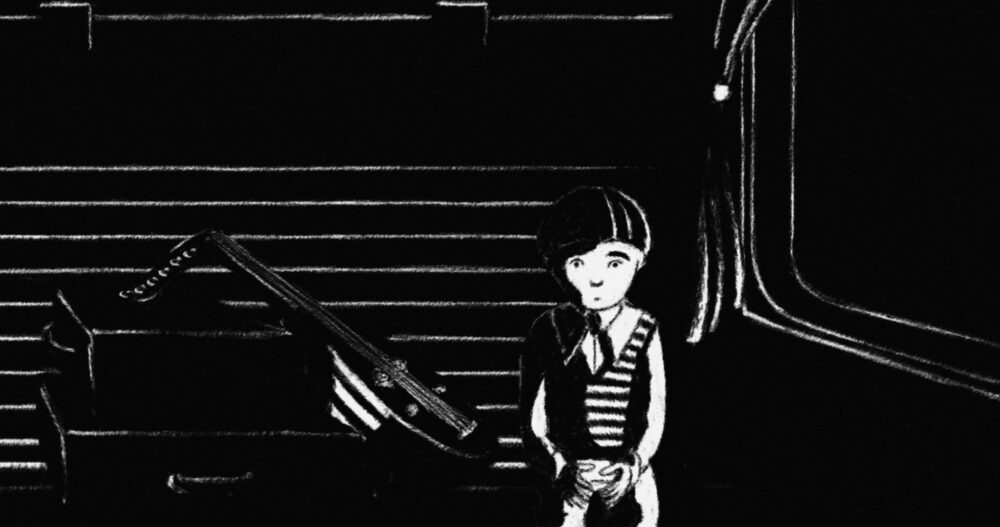
He is also quite frank about the biggest lesson he learned from his directorial debut. “I shouldn’t say this, but a quarter of the film — scenes that were already animated — went to waste. It’s hard to throw six months of work in the trash, but sometimes you lose lucidity about the film and you have to get back on track. I think that’s the most important lesson: finding the balance between listening to others and preserving your original vision. I hope I have taken a step forward.”
The talented artist leaves us with this final thought: “I hope to leave enough room so that the audiences can find something of their own personal experiences and memories in my film,” says Laskar.
To learn more, visit jonathanlaskar.com.


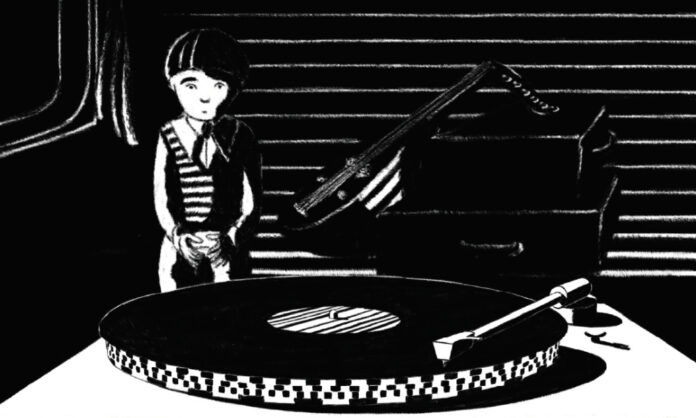

 Win a Funko X Lilo & Stitch Prize Pack!
Win a Funko X Lilo & Stitch Prize Pack! 
